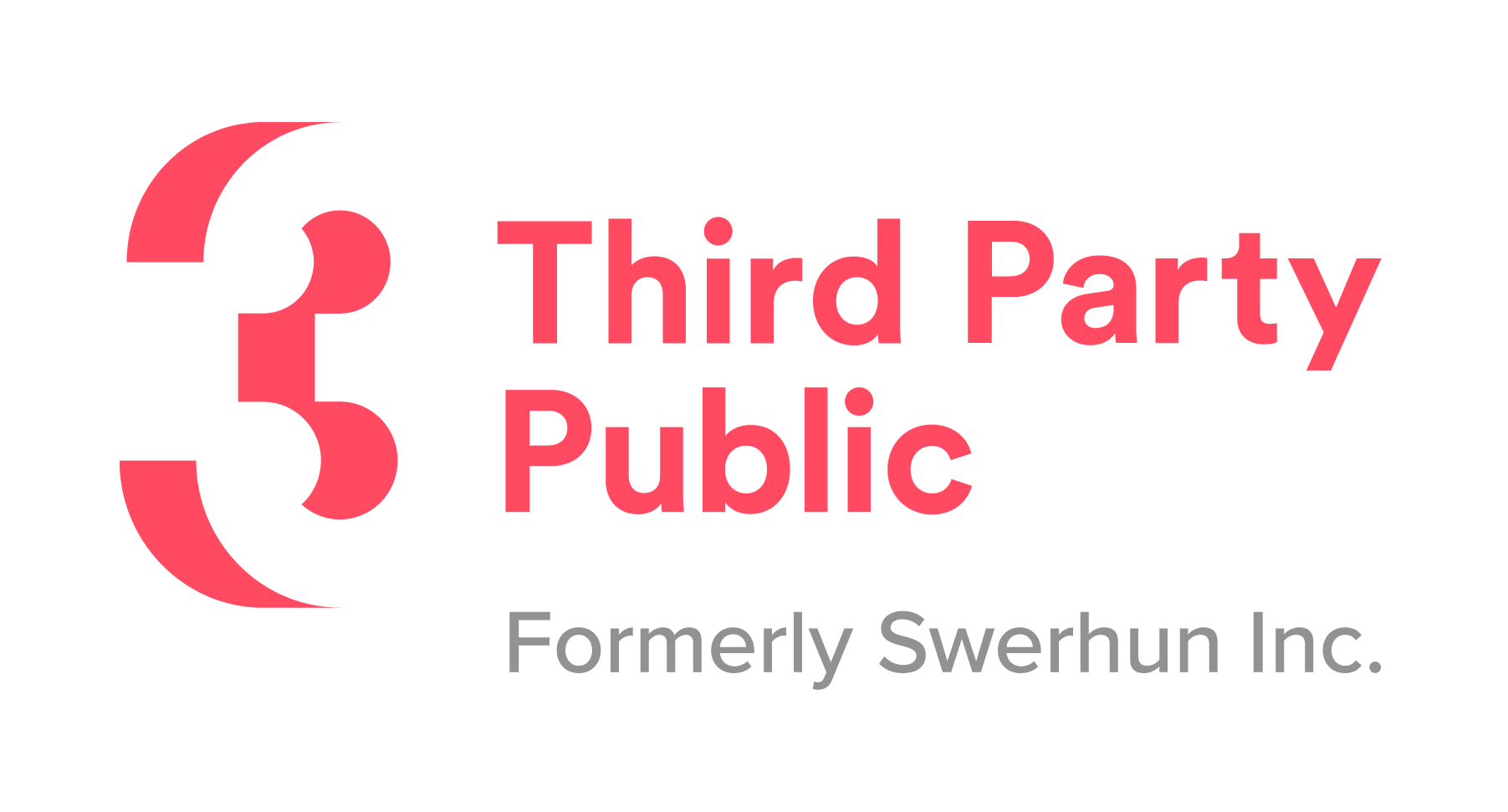Step 1:
Develop an Engagement Plan
The first step in any engagement process is to come up with an overall plan that identifies what decisions will be made through the course of the project and when, what information those decisions will be based on, and how feedback from the community and other stakeholders will be considered.
CASE STUDY
Over the last 10 years, a former suburban civic centre grew substantially, with several new condo towers built and thousands of new residents. The municipality’s planning and urban design staff identified a need to improve the parks, public spaces and streetscapes in the area to be better able to serve the many new people living there. They decided to create a public space and streetscape plan for the area.
a. Create a timeline that includes when the project starts, finishes, and key deadlines along the way.
The project was scheduled to take 6 months. The work would happen using the three steps, with each phase taking approximately two months. Phase One focused on understanding existing conditions and issues, Phase Two explored options to address the issues, and during Phase Three the draft public space and streetscape plan would be developed, refined, and finalized.
b. Identify objectives for the engagement process, including the open and closed doors.
Objectives for the consultation process included:
Build constituency trust and support for the Plan;
Attract a balanced mix of interests to the process (including local businesses, residents, interest groups, etc.);
Maximize the number of people and interests participating in the process;
Create opportunities for learning among all participants;
Provide an opportunity for the City to test ideas with stakeholders;
Enable the City to clearly demonstrate how input was used;
Meet any regulatory consultation requirements; and
Provide a comprehensive record of the results of the consultation process in a manner that can be of direct use in decision making.
Open and closed doors included:
OPEN: Whether new access points are required for cars, bikes or pedestrians.
CLOSED: The minimum width of the roads, bike lanes and sidewalks (since these are already set in City policy).
OPEN: How stakeholders currently use the area and how they would like to use it in the future.
CLOSED: Any option for the future that eliminates an existing use (e.g. can’t remove existing condos, parks, community centre, or the shopping mall).
c. Identify which engagement mechanisms will be used and when.
Examples of engagement mechanisms are: interviews, open houses, town halls, interactive workshops, Facebook, Twitter, etc.
Engagement happened in three phases, matching the three phases of the work plan.
PHASE ONE:
Seek feedback on existing conditions and issues to address
One-on-one meetings with significant property owners
Community workshop #1
Workshop with key stakeholders #1
PHASE TWO:
Seek feedback on options to address issues
One-on-one meetings with significant property owners
Community workshop #2
Workshop with key stakeholders #2
PHASE THREE:
Seek feedback on draft plan
One-on-one meetings with significant property owners
Community workshop #3
Workshop with key stakeholders #3
Website with project overview, meeting dates and meeting results, discussion guides and or feedback forms, as well contact information and links to background information
Facebook page with project overview and meeting updates
Twitter updates about upcoming meetings, project updates, media mentions, retweets of related Twitter activity
Email invitations
Posters advertising meetings
Ads in local newspapers
d. Identify which communication tools will be used and why.
